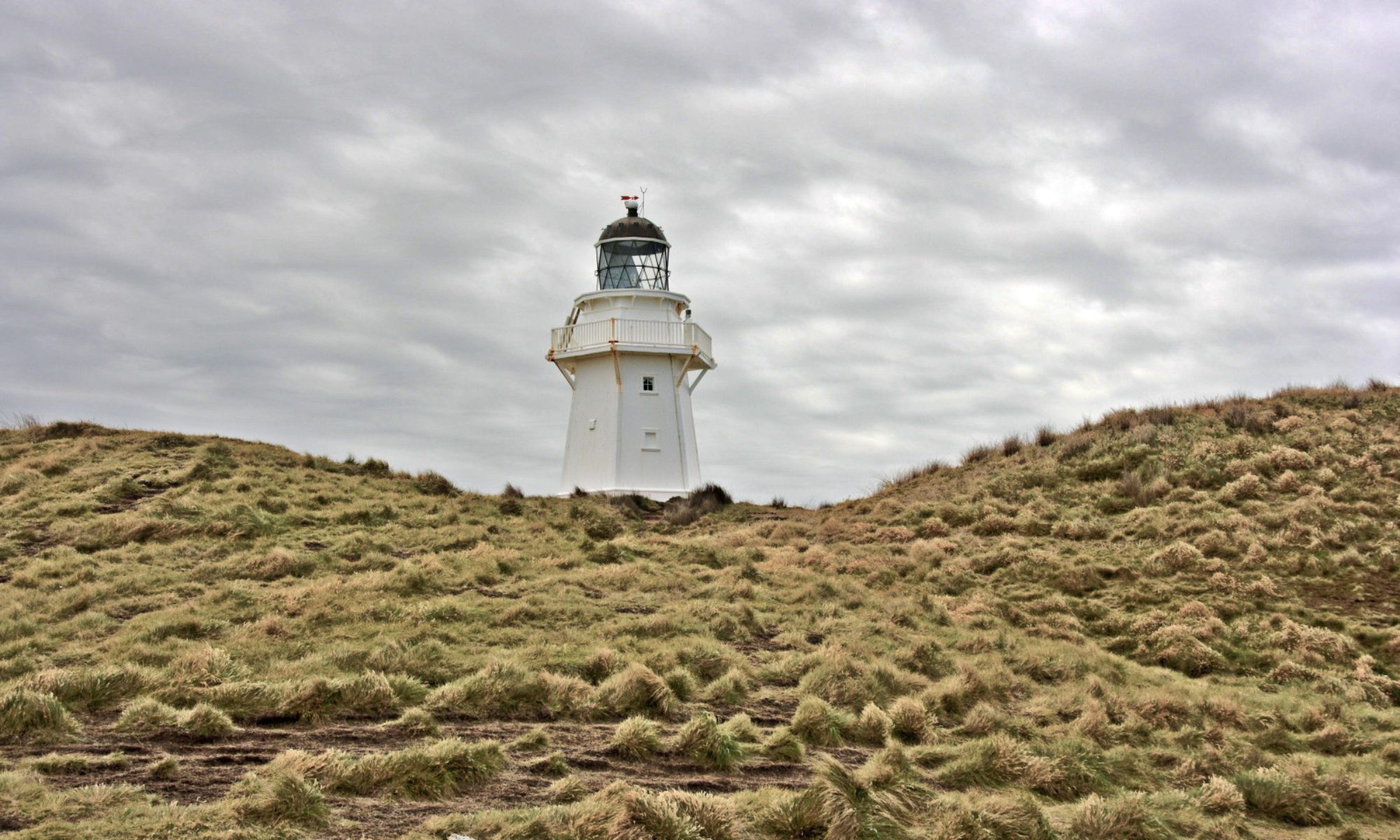We wake up early to be ready for a game drive with the lodge starting at 7:00 with John. We discover that it will only be the two of us, so we are quickly ready for departure before the sun rises. A few meters after leaving, still in the lodge compound, I notice a life-size ‘fake’ giraffe a few meters from the driveway, which I do not remember seeing when we arrived yesterday. But seeing a second and third individual (which are moving by the way) I realise that they are not fake at all. OK, so the game drive has now officially started.

Driving towards the park entrance before sunrise in an open safari vehicle enables us to experience the freshness of Namibian mornings, which hits us full force despite the blankets that John provided us. As soon as we enter the Etosha national park, we see more giraffes. The colours are perfect a few minutes after the sun as decided to wake up, leading to some very nice shots. We also see an elephant, but it is walking away, so we mainly see its backside, which is unsurprisingly quite large. We then have the chance to see about 9 lions sleeping on the plain. They didn’t seem that interested by the many springboks, zebras and ostriches drinking at the waterhole close by.

We have lunch at a waterhole that is quite busy with grazing animals, including a large elephant, which is quickly joined by two other individuals. Two of them start a staring contest.

We continue driving from waterhole to waterhole throughout the day, which gives us the opportunity to watch an outstanding number of thirsty animals. However, the elusive rhino and leopard are up to their reputation and have remained hidden.





























